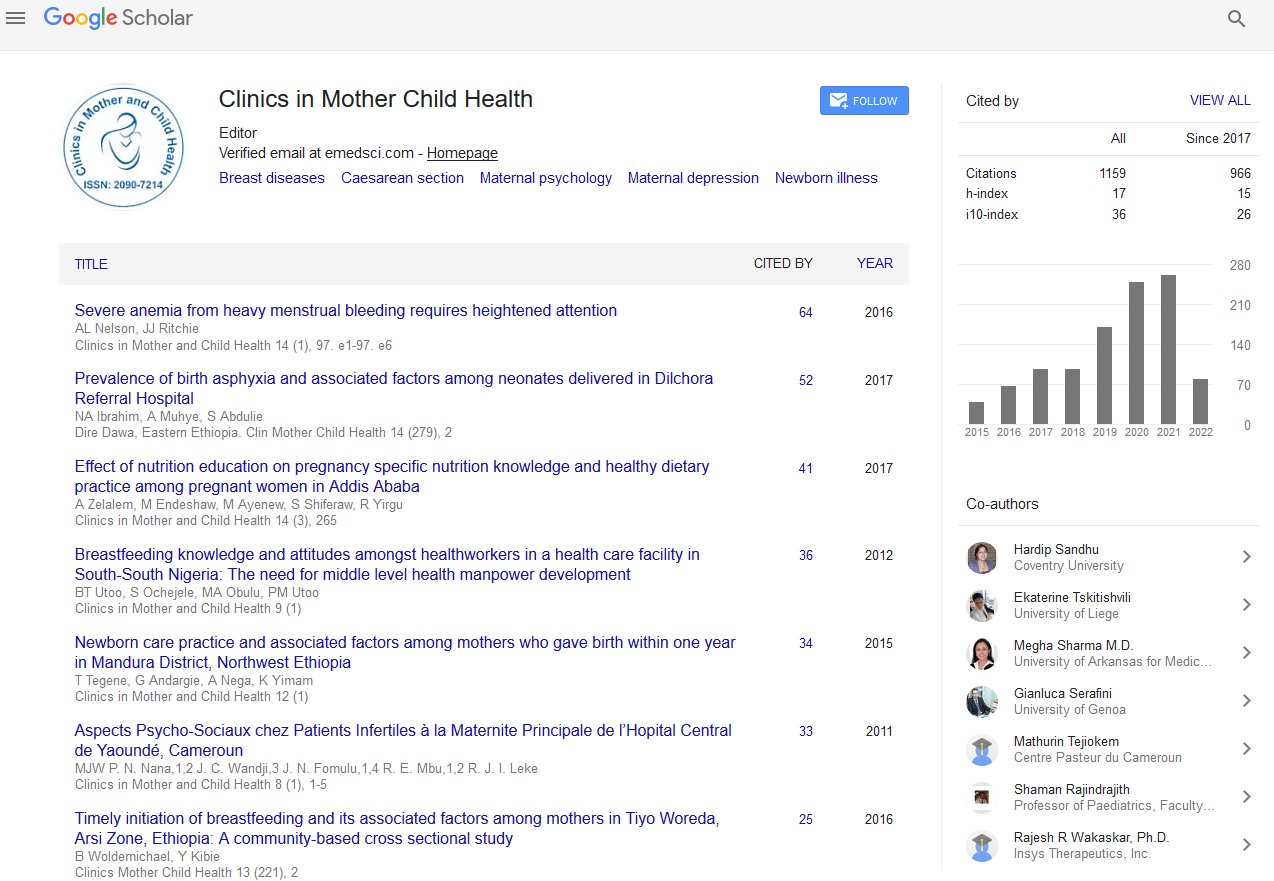Indexed In
- Genamics JournalSeek
- RefSeek
- Hamdard University
- EBSCO A-Z
- Publons
- Geneva Foundation for Medical Education and Research
- Euro Pub
- Google Scholar
Useful Links
Share This Page
Journal Flyer

Open Access Journals
- Agri and Aquaculture
- Biochemistry
- Bioinformatics & Systems Biology
- Business & Management
- Chemistry
- Clinical Sciences
- Engineering
- Food & Nutrition
- General Science
- Genetics & Molecular Biology
- Immunology & Microbiology
- Medical Sciences
- Neuroscience & Psychology
- Nursing & Health Care
- Pharmaceutical Sciences
Abstract
Alternative Solutions for Addressing ADHD and EB Problems
Objective: This article adds to current literature about alternatives to treating ADHD without the administration of pharmaceutical drugs. An estimated 9.4 percent of American children aged 6-17 were diagnosed with ADHD and 62 % of those children were prescribed pharmaceutical drugs to treat behavioral and emotional difficulties, according to a 2016 national parent survey that the CDC released. Today in 2020, about 3 in 4 US children receive treatment of some sort for ADHD, whether medicinal or behavioral (CDC, 2020). Many parents choose to avoid giving their children prescription medicines, leaving their children untreated.
If ADHD or other behavior problems are left unattended, there can be consequences that are irreversible. Current popular treatment methods are suspected by many parents to be dangerous, believing their prescribed youth are being set up for a number of varied consequences later in life. While deemed generally safe, medicines used to treat behavioral and emotional difficulties when misused can produce irreversible long term effects that can otherwise be avoided.
A need for root cause intervention and healthy alternatives to cumulatively toxic medications are needed as alternatives for those parents who opt out of the pharmaceutical route. The understandable choice for natural alternatives will be needed for those parents whose unshakable view of the pharmaceutical salts as “gateway” drugs deter them from altering their children’s brain chemistry, as pharmaceutical salts are aimed to regulate dopamine levels by introducing stimulants into a child’s system such as methylphenidate, amphetamine or atomoxetine, some by themselves and others in combination.
Questions to be considered are: What factors can cause EB problems? What can happen if EB problems are left untreated? What alternatives are there to introducing stimulants into a child’s system?
Published Date: 2020-08-21; Received Date: 2020-08-01


